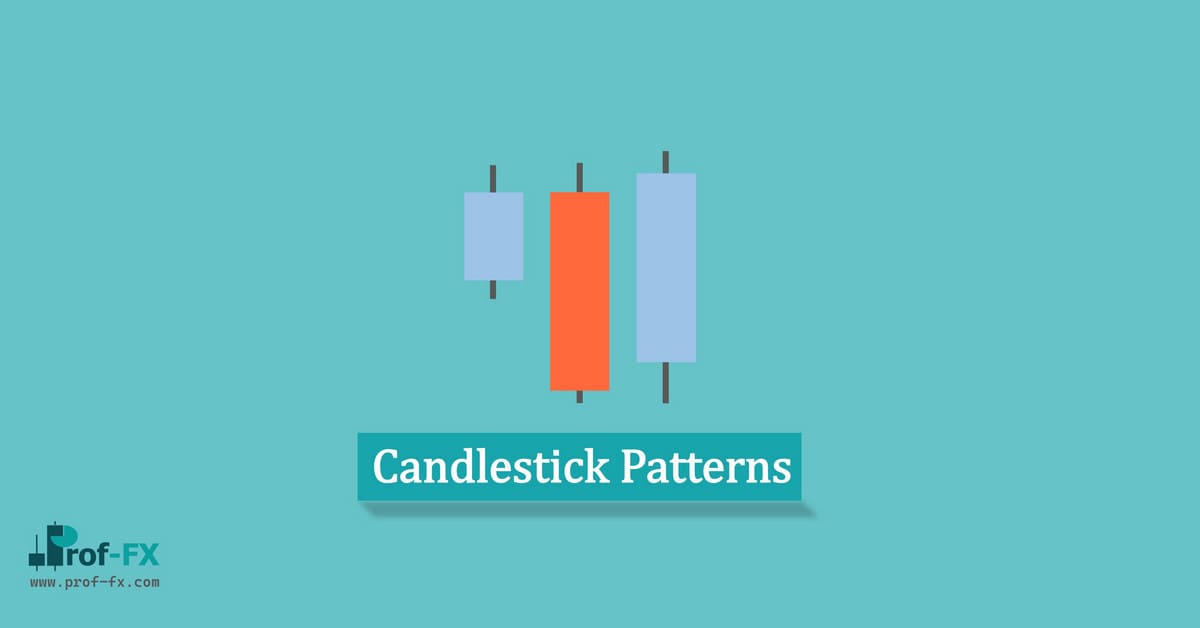A commodity currency is the currency of a country that is heavily dependent on the export of natural resources, such as oil, precious metals, or agricultural products. These currencies are often closely linked to the prices of the commodities that the country exports. When the prices of these commodities rise, the value of the commodity currency tends to appreciate as well. Conversely, when commodity prices fall, the currency often depreciates. Due to this relationship, commodity currencies can offer investors a certain level of inflation protection when commodity prices are high.
Key Examples of Commodity Currencies
Several well-known commodity currencies include:
- Canadian Dollar (CAD): The Canadian economy is highly dependent on the export of natural resources, particularly oil. As a result, the Canadian dollar is often influenced by fluctuations in oil prices.
- Australian Dollar (AUD): Australia is rich in resources like iron ore, coal, and gold, making the Australian dollar sensitive to changes in the prices of these commodities. The AUD is often used by traders and investors looking to gain exposure to the commodities market.
- Norwegian Krone (NOK): Norway is another example of a country with a commodity currency. The Norwegian krone is closely linked to the price of oil, given the country’s substantial oil exports.
Other currencies, such as the New Zealand dollar (NZD) or the Russian ruble (RUB), can also be considered commodity currencies due to their reliance on agricultural and energy exports, respectively.
How Do Commodity Currencies Work?
Commodity currencies are often attractive to investors during periods of rising commodity prices. When commodity prices are high, countries that export these resources benefit from increased revenue, which strengthens their currency. For instance, when oil prices rise, the Canadian dollar often appreciates because Canada, as a major oil exporter, receives more foreign currency for its oil exports.
However, commodity currencies can also be quite volatile. A relatively small change in the price of the underlying commodity can lead to significant fluctuations in the currency’s value. For example, if the price of oil drops sharply, the Canadian dollar may decline rapidly in value due to its strong correlation with oil prices. This volatility can be further amplified by forex traders using leverage, which magnifies gains and losses.
Pros and Cons of Investing in Commodity Currencies
Pros:
- Inflation Protection: Since commodity currencies are linked to natural resources, they can provide some protection against inflation, especially during periods of rising commodity prices. This is because the value of the currency tends to increase when the underlying commodities appreciate, which can help offset the negative effects of inflation.
- Exposure to Global Commodity Markets: Investing in commodity currencies allows traders and investors to gain exposure to global commodity markets without directly trading in commodities. This can be an attractive option for those looking to diversify their portfolios.
- Potential for High Returns: Due to their volatility, commodity currencies can offer significant profit opportunities for forex traders who are able to accurately predict commodity price movements.
Cons:
- High Volatility: Commodity currencies tend to be more volatile than currencies that are not closely tied to commodity prices. This can lead to substantial fluctuations in value, making them riskier for conservative investors.
- Susceptibility to External Shocks: Commodity currencies are highly sensitive to global economic events and geopolitical tensions that can impact commodity prices. For example, a disruption in oil supply due to geopolitical unrest could cause a sudden drop in the price of oil and a corresponding depreciation of the Canadian dollar.
- Lower Safe-Haven Status: While commodity currencies can sometimes act as safe havens during periods of economic uncertainty, they generally rank below more established safe-haven currencies like the U.S. dollar (USD), Japanese yen (JPY), and Swiss franc (CHF). Investors may prefer these traditional safe havens during times of extreme market stress, reducing demand for commodity currencies.
Commodity Currencies and Safe Haven Status
Commodity currencies can sometimes act as safe havens during periods of economic uncertainty, but they are usually less preferred than traditional safe-haven currencies like the U.S. dollar, Japanese yen, or Swiss franc. For example, in times of geopolitical tension or financial market turbulence, investors often flock to the U.S. dollar or Swiss franc due to their perceived stability. However, when the uncertainty is related to global growth prospects, commodity currencies like the Canadian dollar or Australian dollar may also benefit, especially if commodity prices are expected to rise.
Conclusion
Understanding commodity currencies can provide valuable insights for traders, investors, and anyone interested in global financial markets. These currencies offer a unique way to gain exposure to commodity markets and can provide some inflation protection during periods of rising commodity prices. However, they also come with increased volatility and risk, particularly in response to changes in commodity prices and global economic conditions. As with any investment, it is important to carefully consider both the potential benefits and the risks before investing in commodity currencies.
By keeping these factors in mind, investors can make more informed decisions about whether and how to include commodity currencies in their portfolios, balancing the potential for high returns with the inherent volatility and risk associated with these unique assets.









